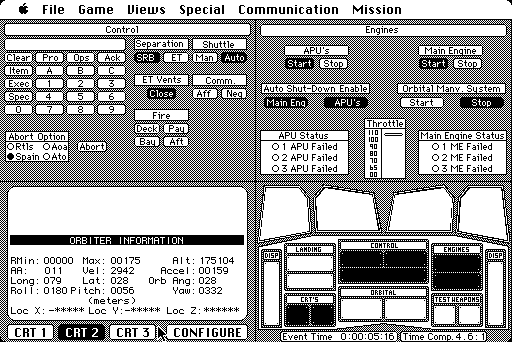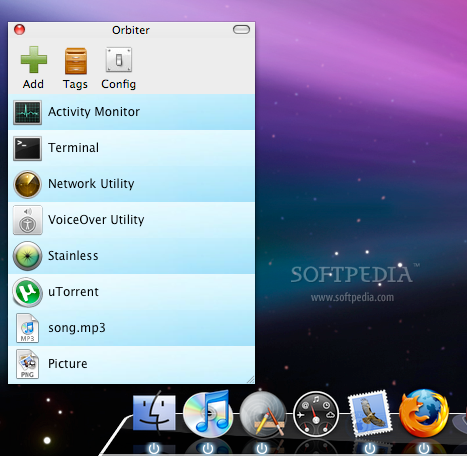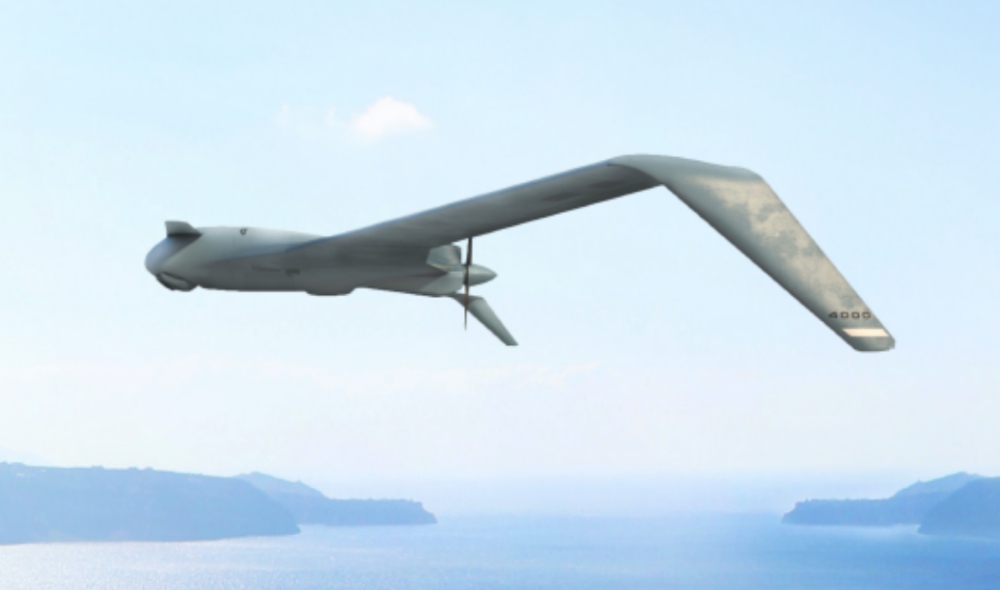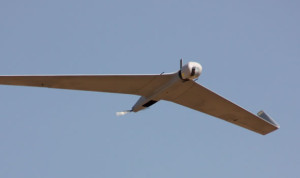

The tiles were thermally tested for several simulated entry trajectories. The tiles tend to be thicker than the current Shuttle rigidized silica tiles for the same entry heat load but are projected to be more durable and lighter. The tiles consist of a rigid external shell filled with a flexible insulation. It was also found that the oblique impact of the tile on the side of the F-15 aircraft vertical tail was unlikely to dent the tail surface.ĭesign, fabrication, and tests of a metallic shell tile thermal protection system for space transportationĪ thermal protection tile for earth-to-orbit transports is described. It was found that the predicted tile impact forces compare fairly well with the tile-breaking forces, and the impact forces exerted on the F-15 aircraft vertical tail were relatively low because a very small fraction of the tile kinetic energy was dissipated in the impact, penetration, and fracture of the tile. The TPS tile-breaking tests were conducted to simulate the TPS tile impacts. Impacts of the space shuttle thermal protection system (TPS) tile on the leading edge and the side of the vertical tail of the F-15 aircraft were analyzed under different TPS tile orientations.

Impacts of Space Shuttle thermal protection system tile on F-15 aircraft vertical tile The assembly may occur subsequent to the installation of the lower shell tile on the spacecraft structural skin. The assembly of the overall tile is facilitated by two or more locking mechanisms on opposing sides of the overall tile assembly. The composite tile may include one or more layers of variable density rigid or flexible thermal insulation. The upper shell and lower tile are attached by means effective to withstand the extreme temperatures (3000 to 3200F) and stress conditions. In addition, a lightweight high temperature ceramic lower temperature base tile is used.

The composite tile comprises a structurally strong upper ceramic/ceramic shell manufactured from ceramic fibers and ceramic matrix meeting the thermal and structural requirements of a tile used on a re-entry aerospace vehicle. The composite tile system also prevents impact damage to the atmospheric entry vehicle thermal protection system. The system functions by utilizing a ceramic/ceramic upper shell structure which effectively separates its primary functions as a thermal insulator and as a load carrier to transmit loads to the cold structure. (Inventor)Ī ceramic reusable, externally applied composite thermal protection system (TPS) is proposed. (Inventor) Smith, Marnell (Inventor) Goldstein, Howard E. Assembly of the tile which is facilitated by a self-locking mechanism, may occur subsequent to installation of the lower shell on the spacecraft structural skin.Ĭeramic-ceramic shell tile thermal protection system and method thereof A lightweight, high temperature package of insulation is utilized in the upper shell while a lightweight, low temperature insulation is utilized in the lower shell. The tile consists of structurally strong upper and lower metallic shells manufactured from materials meeting the thermal and structural requirements incident to tile placement on the spacecraft. (Inventor)Ī reusable, externally applied thermal protection system for use on aerospace vehicles subject to high thermal and mechanical stresses utilizes a shell tile structure which effectively separates its primary functions as an insulator and load absorber.
ORBITER ADDONS N1 CODE
The code in that repo will be moved over to this one at some point in the future. However, this uses an outdated and modified version of cxx and may not build at this time and exists just as a reference. MFDsĪn older proof-of-concept for building MFDs can be found at. These were updated based on the tutorial at. The meshes in the demo addon were adapted from the Surveyor 1.0 Orbiter Addon. This list will expand in the future to hopefully include all of Orbiter SDK. Only a limited number of Orbiter functions are now available to Rust bindings. Pressing "L" should activate the retro thruster firing sequence.

Launch the SurveyorInOrbit scenario in Orbiter and make sure that the spacecraft shows up. Also copy over the files in the Config, Meshes and Scenarios folders into the corresponding folders in your Orbiter installation. Copy this file to the Modules folder in your Orbiter installation. Once you build the addon, you should have a file called Surveyor.dll in target/i686-pc-windows-msvc/debug/examples/. Running cargo build should build the project generate a DLL file.
ORBITER ADDONS N1 WINDOWS
This addon has been tested with Rust 1.57.0 and Visual Studio 2019 Commuity Edition on Windows 10.
ORBITER ADDONS N1 INSTALL


 0 kommentar(er)
0 kommentar(er)
